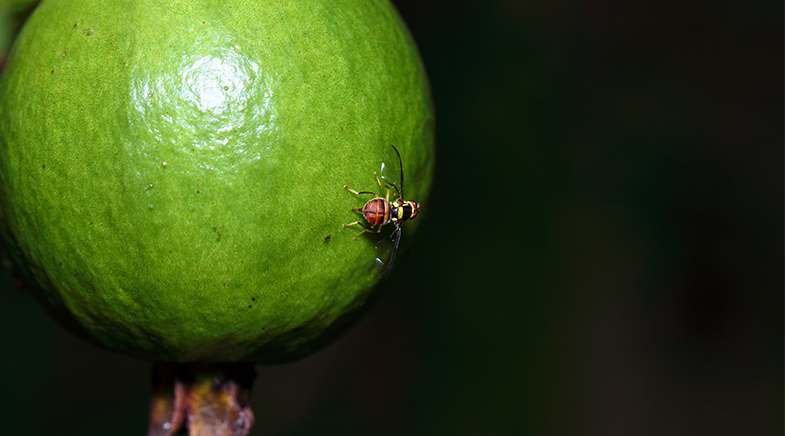Say hello to secure quantum communication
-
- from Shaastra :: vol 04 issue 04 :: May 2025

Toshiba Europe researchers have demonstrated secure quantum communication using public fibre networks between two cities.
Researchers have securely exchanged cryptographic keys using the principles of quantum mechanics on a telecom fibre line between two German cities, successfully implementing the exchange of secret quantum keys in a protocol called Quantum Key Distribution (QKD).
Secure communication consists of encrypting and later decrypting messages using a key known only to the sender and the receiver. The problem is how to transfer or exchange the cryptographic key. Traditional secret key exchanges used hard-to-crack algorithms, but these codes may be broken with quantum computers. The QKD protocol leverages the power of quantum mechanics and provides unconditional security.
The team, led by senior researcher Mirko Pittaluga, took this protocol out of the research laboratory at Toshiba Europe in Cambridge, U.K., and demonstrated it in the real world using ordinary fibre optic cables between Frankfurt and Kehl, separated by over 250 km. The experiment was published in Nature (go.nature.com/3Gwp7bR). The field deployment of this technology can significantly lower quantum communication costs and bring closer to reality applications such as quantum internet, a network through which future quantum computers can communicate.
"The protocol we used was introduced by Toshiba. I was part of the team that carried out the first experimental demonstrations," says Pittaluga, who is now Quantum Lead at Wave Photonics, a Cambridge-based company. At Toshiba, he was a part of the team that demonstrated the then-longest communication distance of 600 km in 2021 in a lab setting. Since then, others have pushed this protocol to even 1,000 km in a laboratory. "The next natural step was the practical demonstration of the protocol," he says.
The protocol used by the researchers is called the twin-field quantum key distribution protocol. This protocol, invented in Toshiba's labs in 2018, helps to extend the viable range of QKD. "It is nice that they have used a commercial fibre network normally used for telecommunications," points out Anil Prabhakar, Professor in the Department of Electrical Engineering at the Indian Institute of Technology (IIT) Madras. Prabhakar also leads efforts to build and implement quantum communication networks at the institute.
Deployment can lower quantum communication costs and bring closer to reality applications such as quantum internet.
A significant advantage of the method is that it does not need expensive cooling equipment. While earlier methods required the system to be kept at temperatures close to –272° Celsius, this system can function at temperatures in the 20° to –60°C range.
There were two transmitter nodes: A at Frankfurt and B at Kehl. The detector C was placed at Kirchfeld, a municipality close to Kehl. The AC distance was around 257 km, and BC 97 km.
Pittaluga recalls the scepticism the experiment evoked before the demonstration. The commonly expressed opinion was that the technology was too complicated to be implemented. This spurred the researcher, who felt it was necessary to demonstrate the method practically. "When everything came together, it was really satisfying," he says.
The very first attempt at realising the quantum network did not succeed. The snag, the team later realised, was not with the system. "It turned out that the problem was with a fibre that had been cut," Pittaluga says with a laugh. "Once the fibre was repaired, everything worked smoothly."
In a press statement, Andrew Shields, Vice President and Head of Quantum Technology at Toshiba Europe, said: "This trial represents another significant milestone in scaling QKD even further towards our end goal of building a quantum internet that connects major cities and countries together, with quantum-safe protection at its core."
Prabhakar adds that stabilising lossy fibres under field conditions is not a "trivial" task. He mentions that similar experiments are running at IIT Madras.
The institute is working with Bharat Electronics to demonstrate QKD in the field and establish a link between Chennai and Bengaluru. "That is a little harder than the (Toshiba) experiment as it will require two links (since the distance is more)," says Prabhakar. This project is under the National Quantum Mission. Prabhakar says a test bed running from Chennai to Bengaluru will be ready in 12-18 months.
Have a
story idea?
Tell us.
Do you have a recent research paper or an idea for a science/technology-themed article that you'd like to tell us about?
GET IN TOUCH














